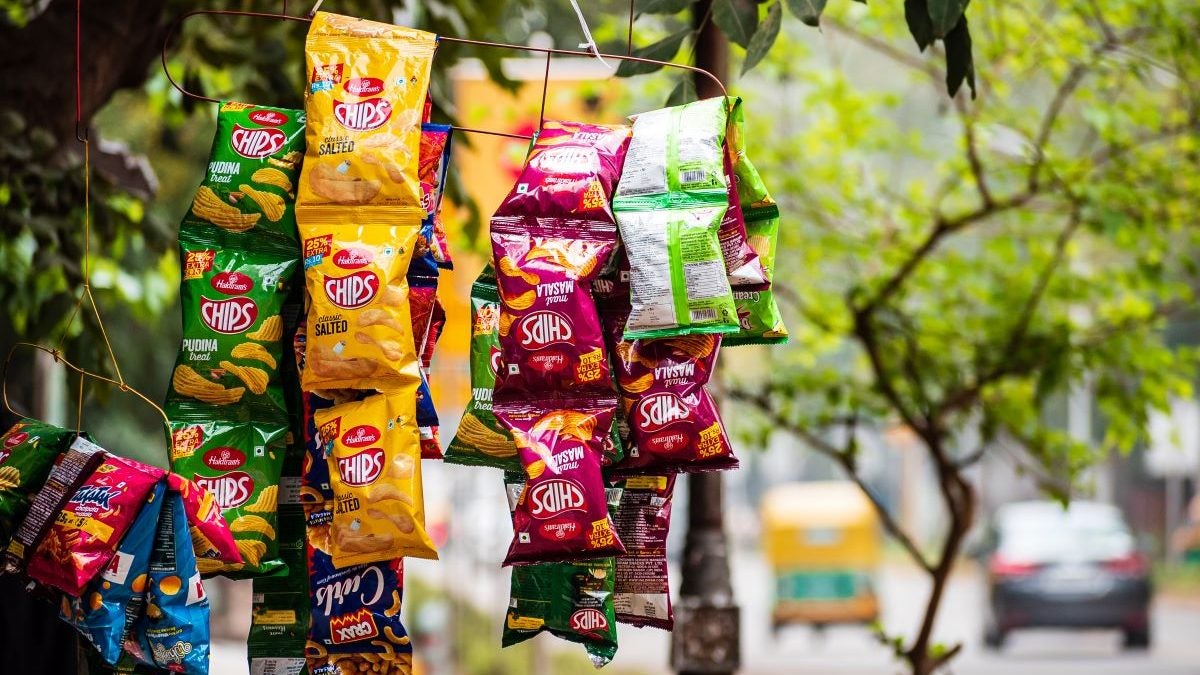
A two-colour traffic light system for front-of-pack labels (FoPL) on packaged goods has been deemed “most effective” in helping Indian consumers understand and choose healthier foods, according to a new study.
Authored by academics at The George Institute of Global Health, the World Health Organization’s Indian arm, Melbourne Centre for Behaviour Change, and UNICEF, the research broadly assessed which FoPL might best guide “the diverse Indian population” towards healthier packaged foods.
The study was carried out via 16 focus groups and a survey completed by 1,270 Indian adults from the northern and southern regions of the country.
As concerns grow over increasing national obesity rates, in 2022, the Food Safety and Standards Authority of India (FSSAI) announced a draft proposal to introduce a Health Star Rating (HSR) certificate for packaged food and drink products.
The agency proposed voluntary implementation of the label at first, making it obligatory to appear on packaged food and drink products from 2027.
Already used by Australia and New Zealand, the HSR is a monochrome symbol, which ranks products using a star rating from 0.5 to five stars, with the higher star count indicating a healthier product.

US Tariffs are shifting - will you react or anticipate?
Don’t let policy changes catch you off guard. Stay proactive with real-time data and expert analysis.
By GlobalDataUp until now, India has not enforced a FOPL system. In 2011, it brought in regulations requiring packaged foods to display nutrition information panels that declare the amount of calories, protein, carbohydrates, total sugars, added sugars, total fat, saturated fat, and trans fat in a product, per 100g or 100ml.
Over the years, however, some academics have found most consumers do not consider the nutritional panel information when they buy food as they are difficult to understand.
In this latest study, researchers noted the HSR symbol marks “a substantial improvement” from what is currently in place in India, but they stressed that the lack of colour “could represent a lost opportunity to optimise outcomes”.
Colour is used in the Nutri-Score label, which is in force in several European countries, as well as in the UK’s traffic light labelling system.
As part of the survey, data was collected on participant responses to two-colour, and three-colour multiple traffic light labels, the HSR system, Nutri-Score, and a health warning label.
Overall, between 56% and 66% of Indian consumers still made the same food choices both before and after being exposed to products with front-of-pack labels.
However, where improved food choices were made, the study found the two-colour label was most frequently linked to healthier decision-making.
Indian consumers were least likely to improve their food choices when presented with products that carried warning label.
Concluding their findings, the researchers said: “These results could assist the Indian Government in its efforts to ensure that the FoPL that is soon to be implemented includes as many of the features of this effective design as possible.”
Whether or not India’s government will consider the findings remains to be seen. In 2019, the FSSAI’s draft regulations for a traffic light labelling system were postponed for further consultation due to intense opposition from the country’s food sector.



